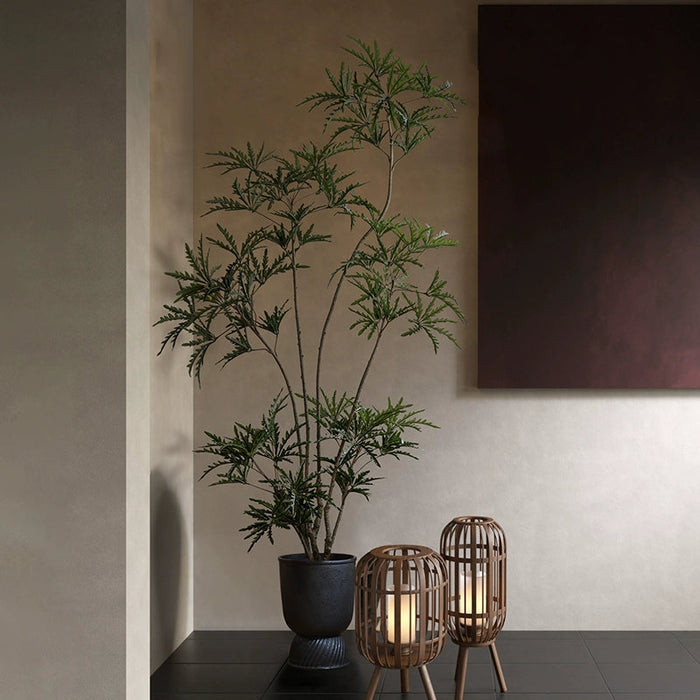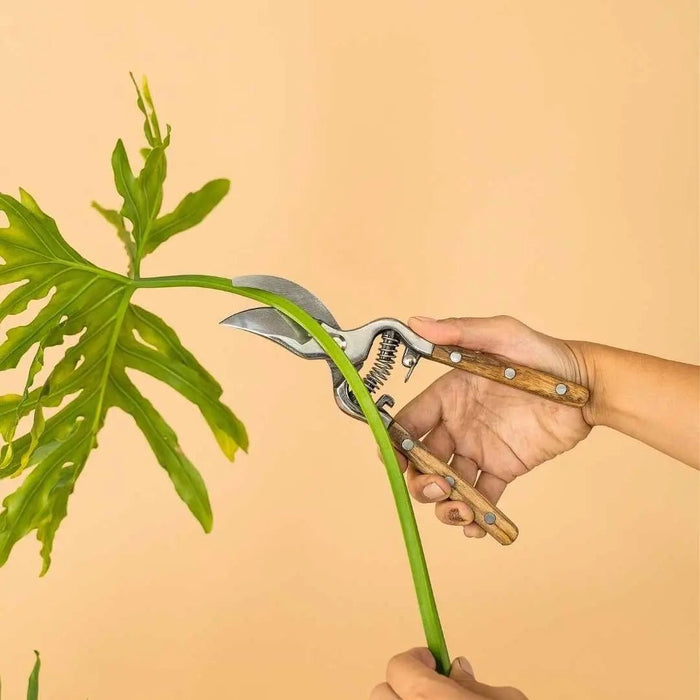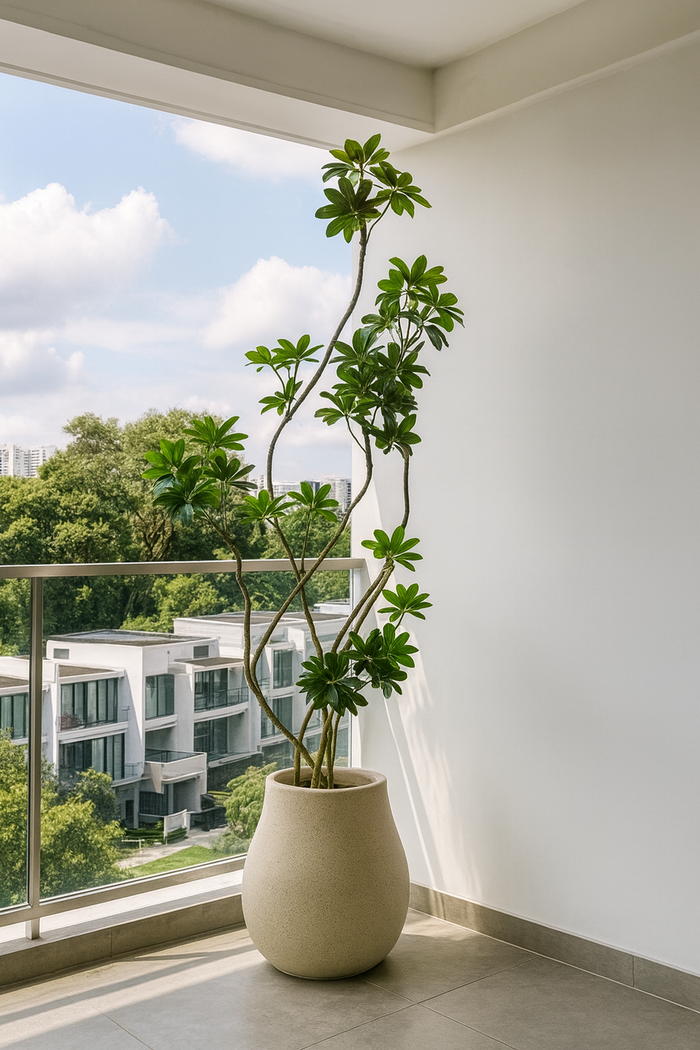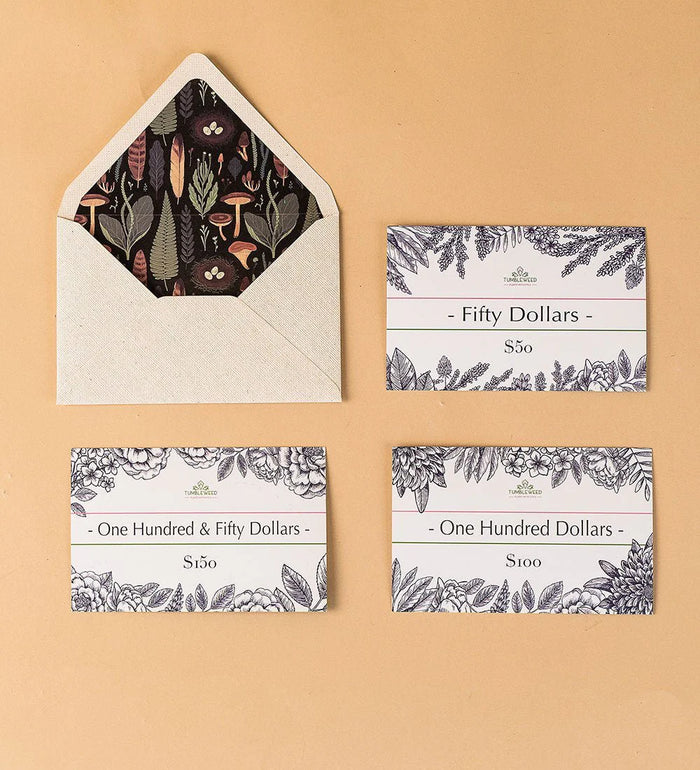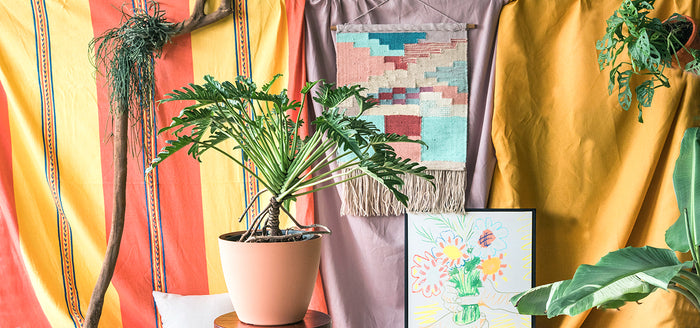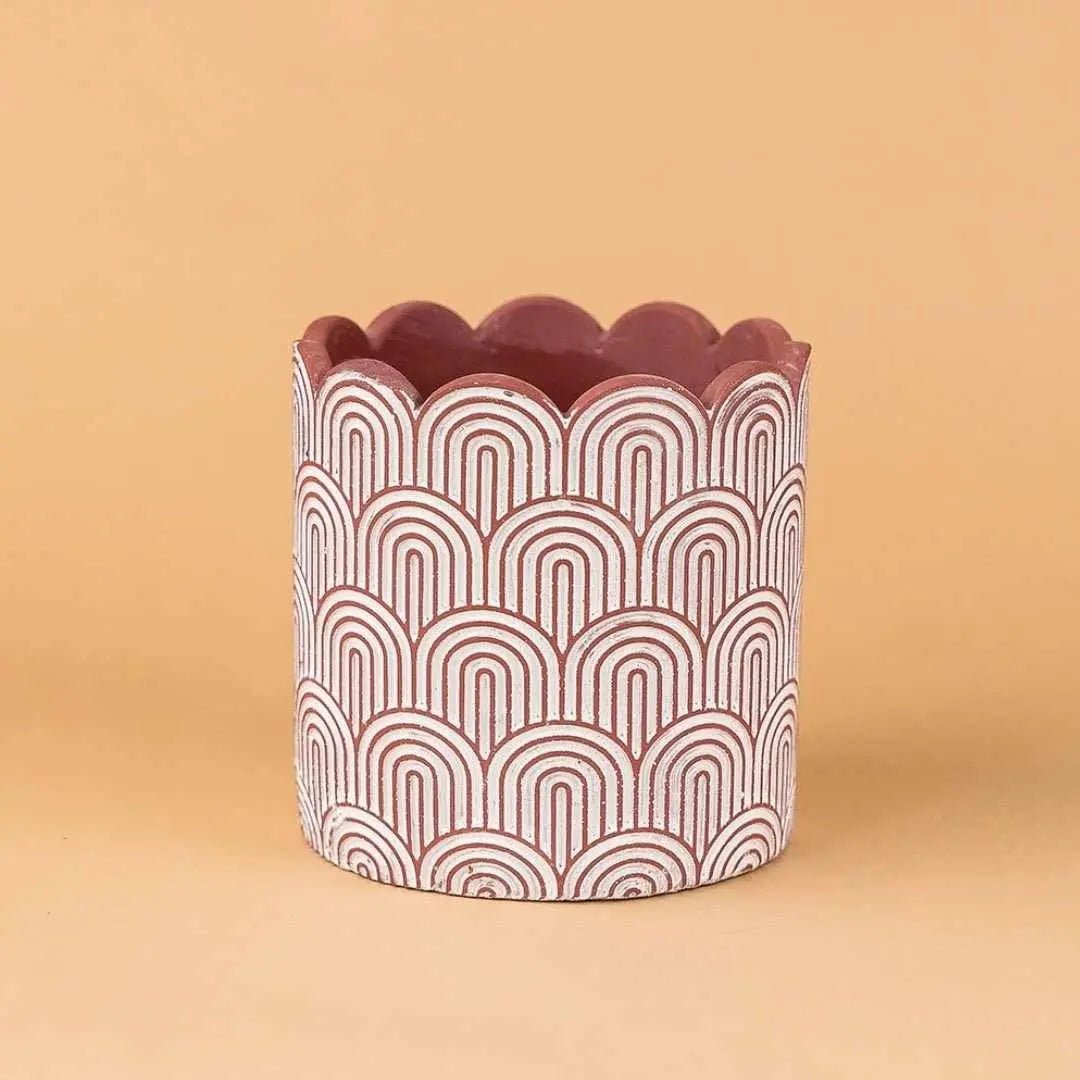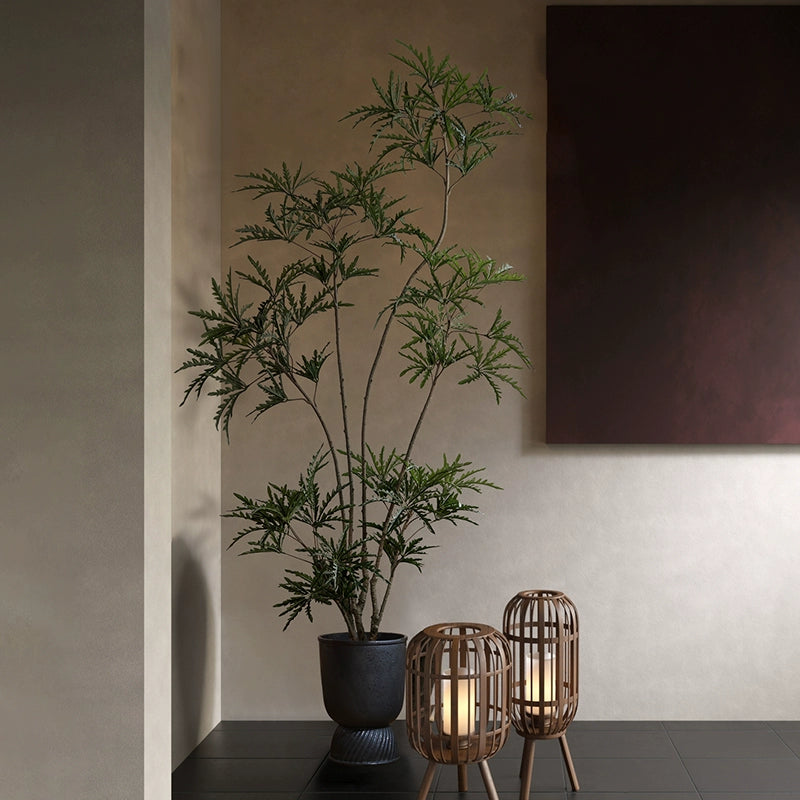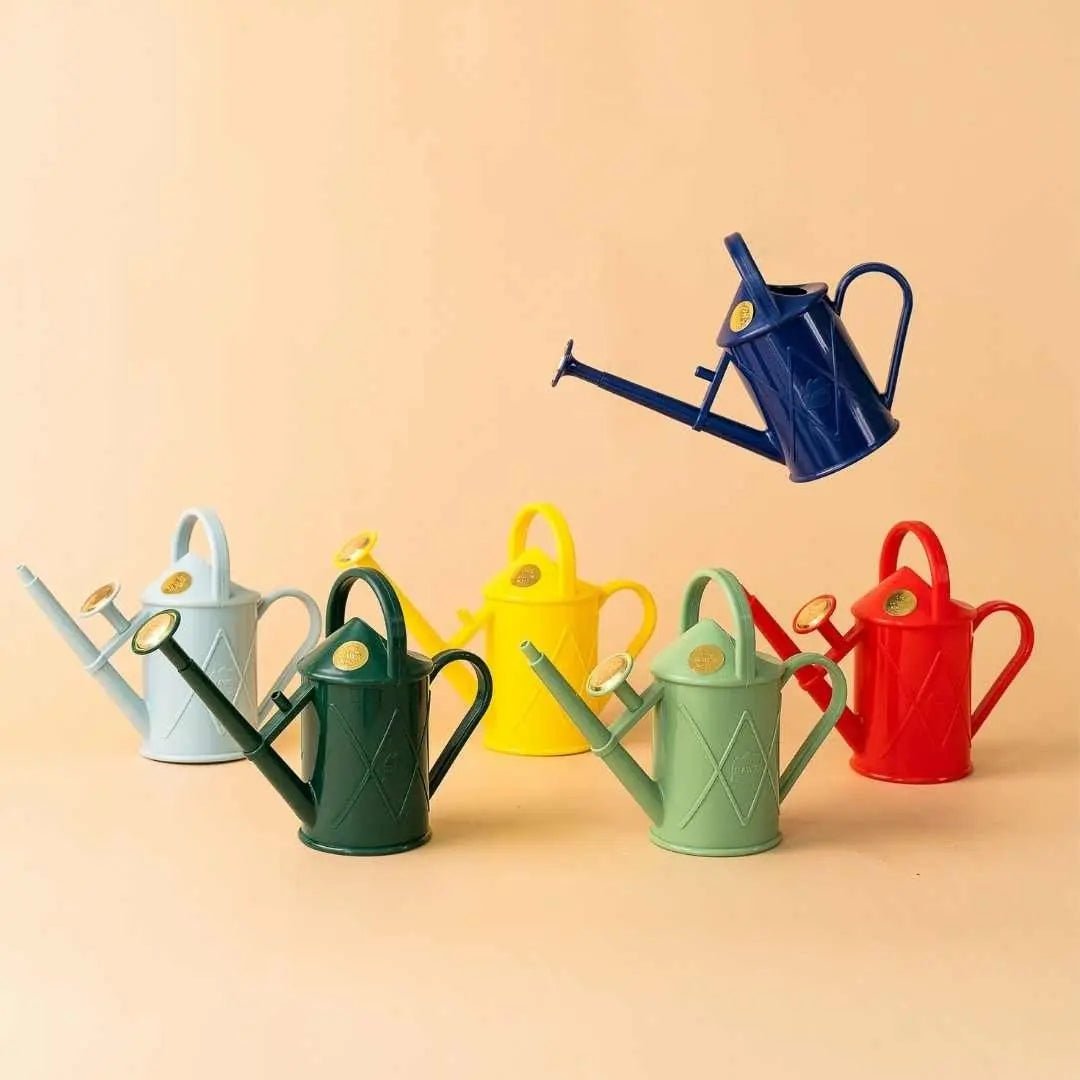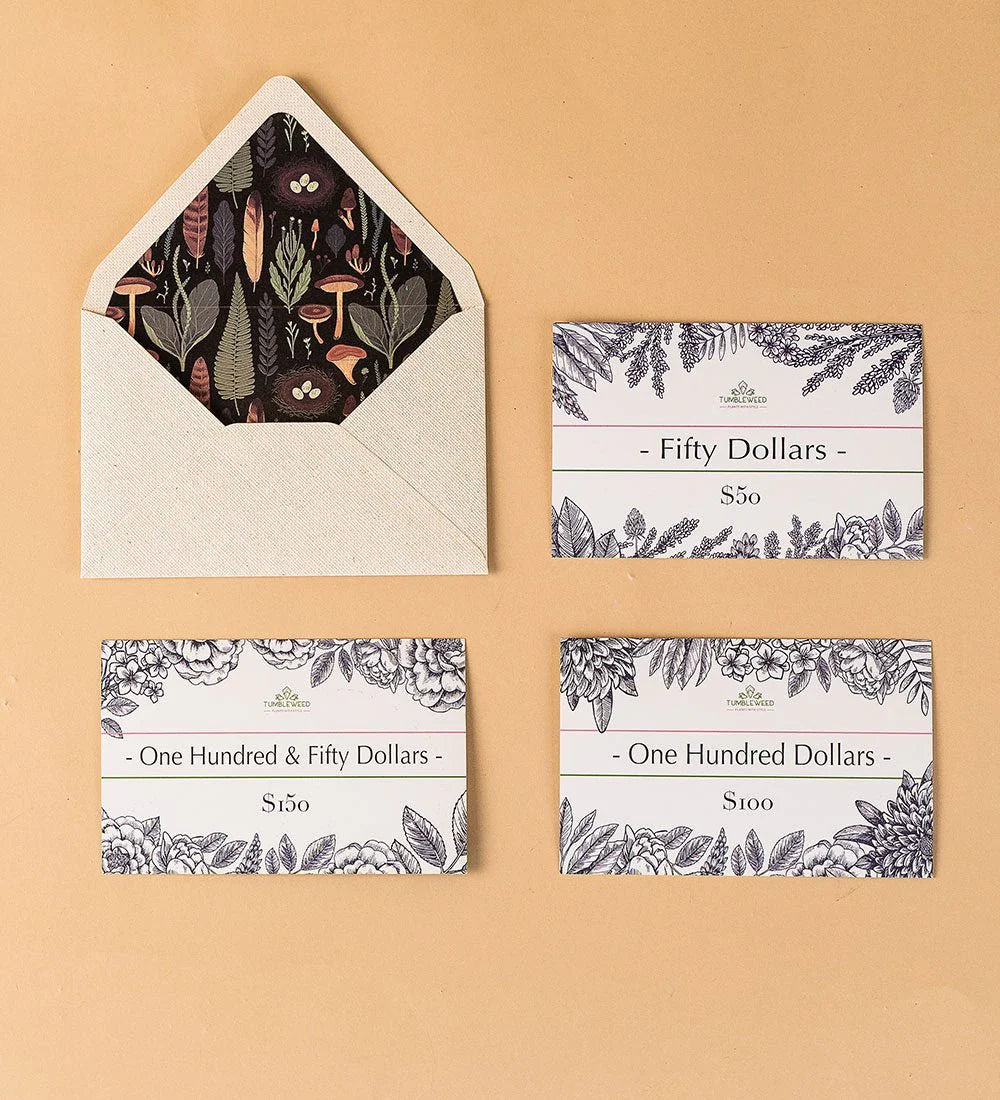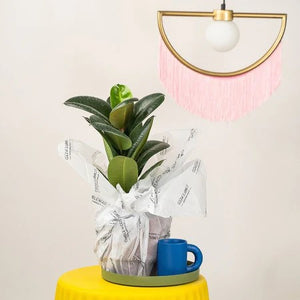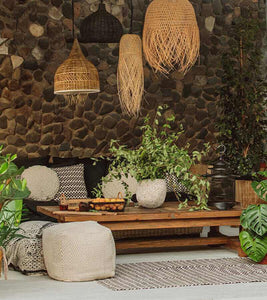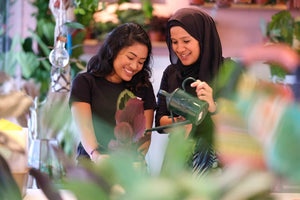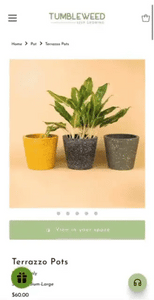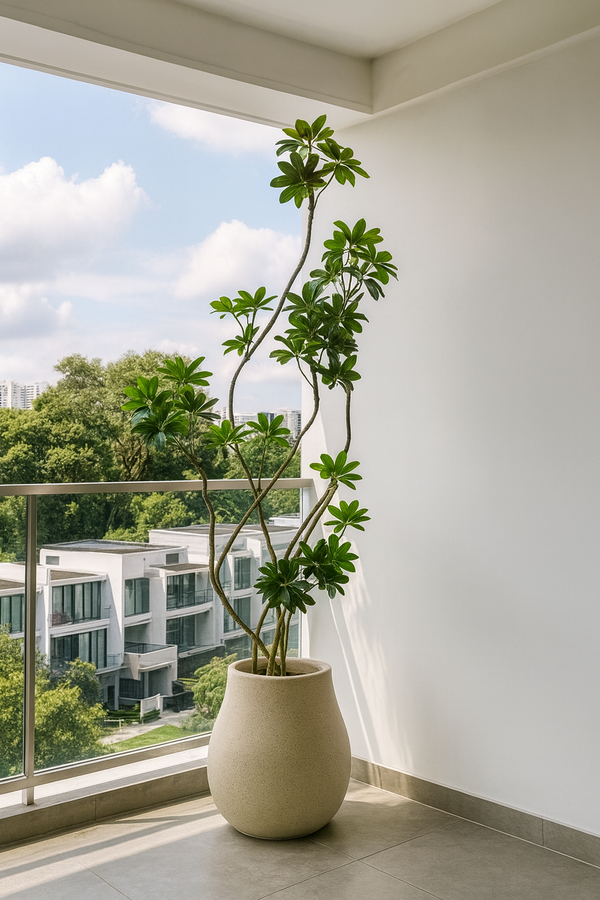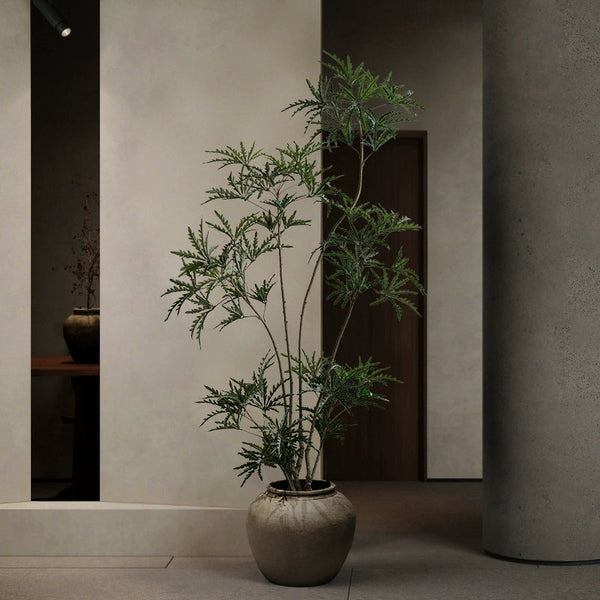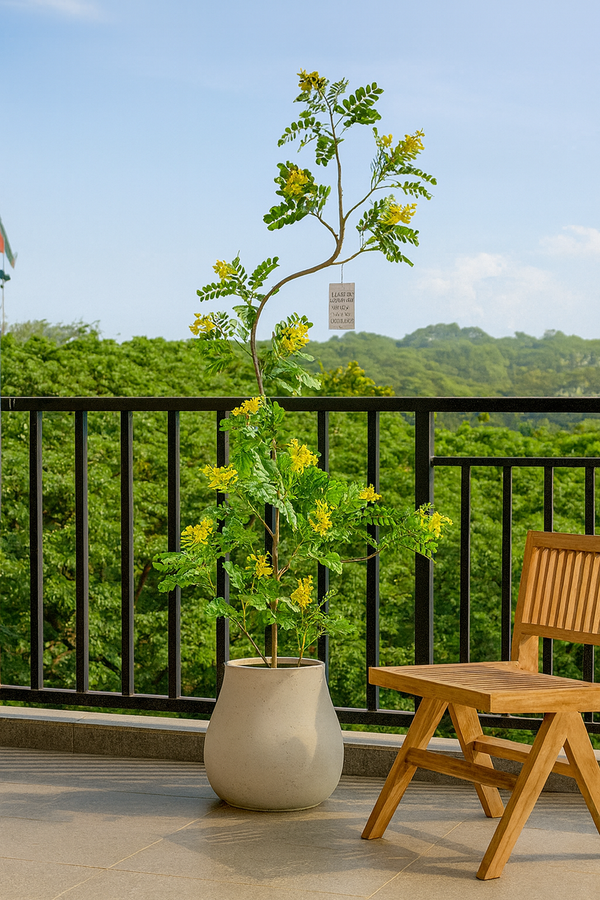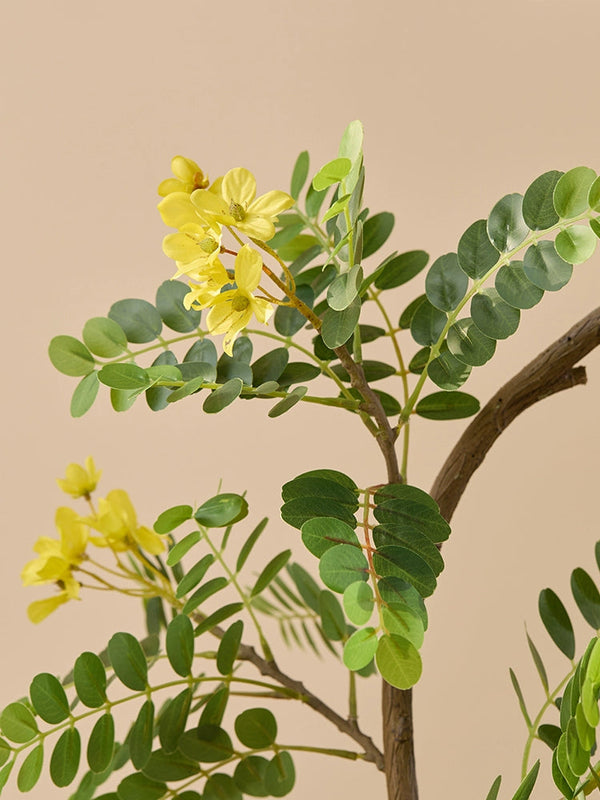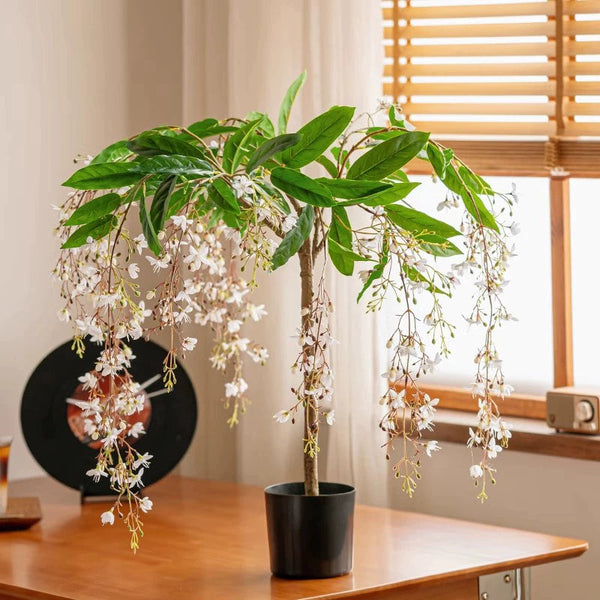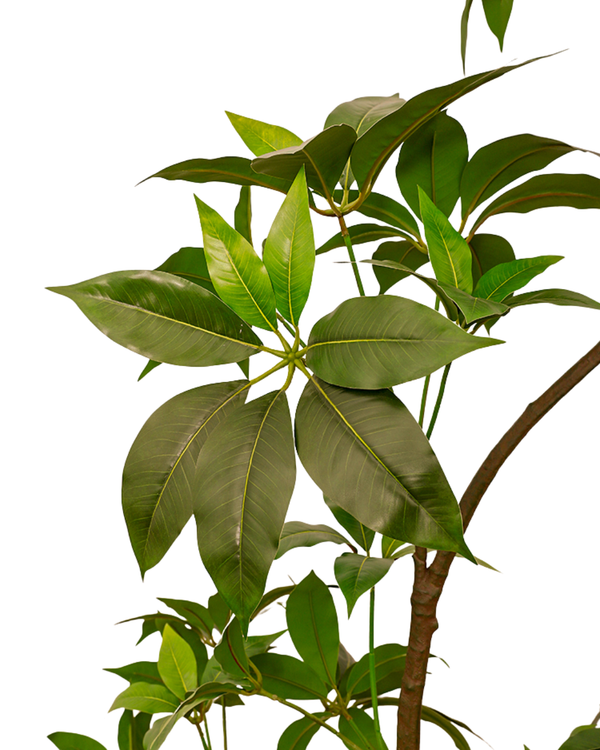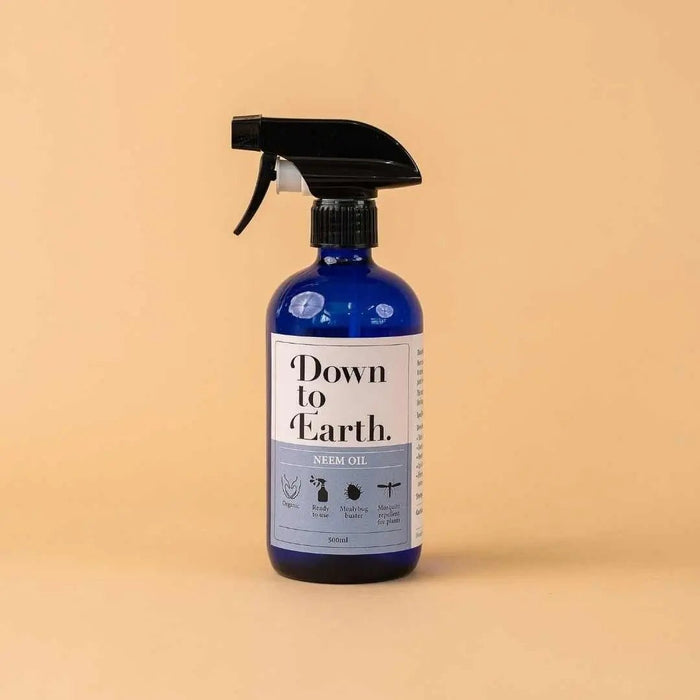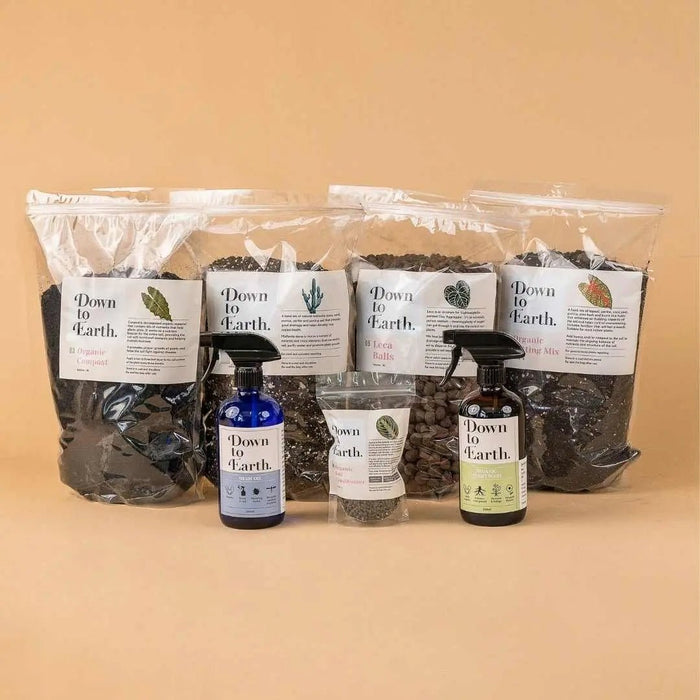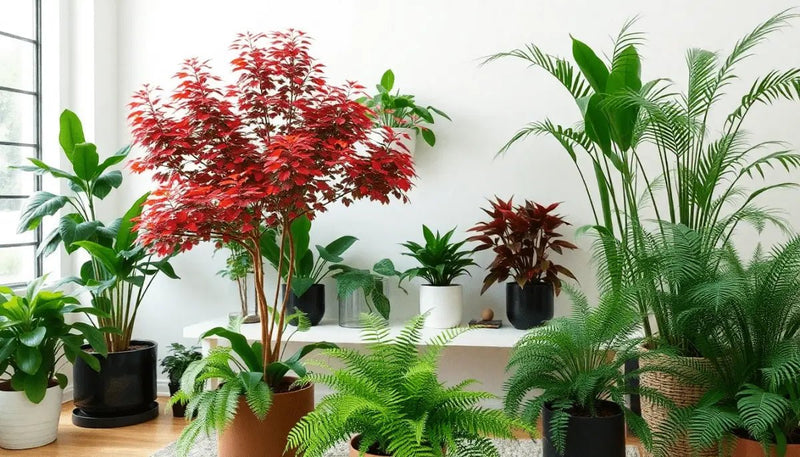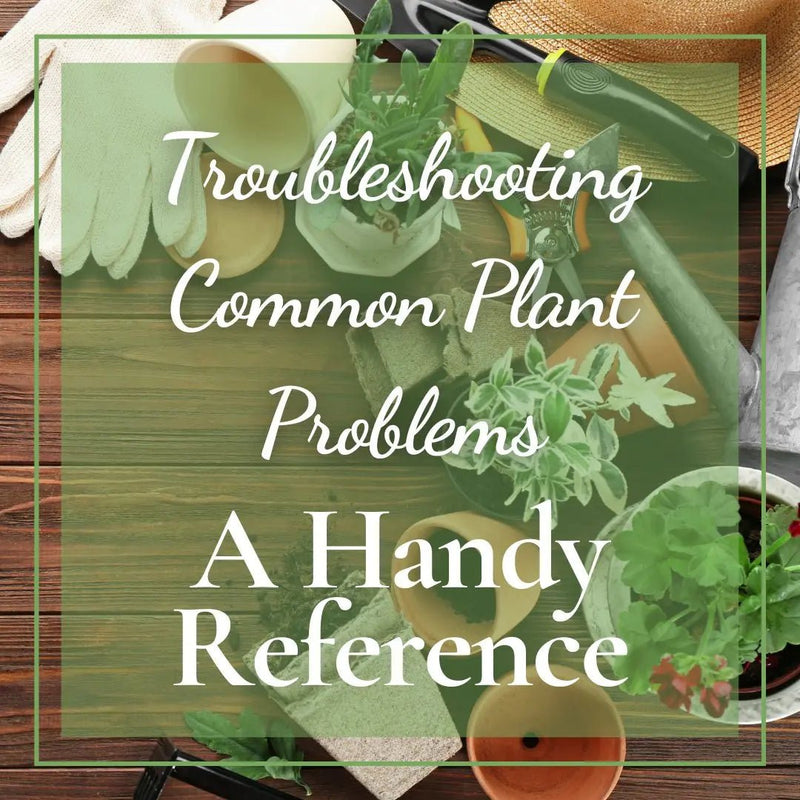How to Style Artificial Plants So They Look Real
Posted on November 18 2025
Want to add some greenery to your home without the hassle of upkeep? Styling artificial plants so they look real is easier than you think. With the right techniques, even the keenest plant lover will be fooled by your faux foliage. Here’s how to make your artificial plants look naturally stunning in any space.
Choose Quality Artificial Plants
The secret to successfully styling artificial plants starts with the right selection. Not all faux greenery is made equal, so keep an eye out for realistic details like:
- Varied leaf shapes, textures, and subtle color changes
- Natural-looking stems and veins
- Well-made pots or bases
Spending a bit more on quality pays off in authenticity. Avoid glossy finishes or overly vibrant colors, as these can look obviously fake
Fluff and Shape Your Plants
Upon unboxing, artificial plants are often compressed for shipping. Gently separate, bend, and shape each leaf and stem by hand to give your plant a full, lifelike appearance. Check inspiration photos of the real version of your chosen plant to guide your styling.
Tips for shaping:
- Fan out leaves or branches for a fuller effect
- Bend stems at natural angles
- Vary direction and height for organic asymmetry
Use Realistic Pots and Planters
A genuine-looking planter instantly elevates artificial plants. Swap out basic plastic containers for ceramic, clay, stone, or even baskets. If your plant comes in a lightweight pot, position it inside a larger decorative planter for added realism. Fill any visible gaps with potting soil, moss, pebbles, or bark chips to mimic the look of a live plant.
Add Natural Elements
Enhance the believability of your artificial plants by incorporating natural materials. Top off the soil with:
- Preserved moss
- River rocks or pebbles
- Wood chips or coconut coir
These touches not only anchor your faux plant but also complete the illusion.
Mix with Real Plants
Blending artificial plants with live greenery is one of the most effective ways to help them look natural. Interspersing faux and real plants within the same space makes it difficult for guests to pinpoint which are which. Group different sizes and varieties together for a relaxed, garden-like feel.
Place Thoughtfully
Placement is key when considering how to style artificial plants so they look real. Avoid putting them in deep shade or starkly artificial settings. Instead, display them where real plants would thrive, such as near windows, on shelves, or as centerpieces. Vary the height and arrangement of your plants to avoid a staged appearance.
Tips for Placement
- Use clusters of three or more for visual interest
- Layer tall plants behind shorter ones
- Place vines to trail casually off shelves
Dust and Care Regularly
Artificial plants may not need watering, but they do require the occasional cleaning to look their best. Dust leaves and pots with a soft cloth or feather duster. For more thorough maintenance, gently wipe with a damp cloth. Keeping them clean prevents buildup that can make them appear less lifelike.
Customize with DIY Touches
Personalizing your artificial plants can elevate their authenticity. Try these creative ideas:
- Lightly spray leaves with water and let air dry for a natural sheen
- Add real soil or preserved branches to boost realism
- Trim leaves or stems for a less uniform, more organic look
- Twist or “bruise” a few leaves for that lived-in feel
Rotate Your Arrangements
Real plants grow and change; keep your faux greenery dynamic, too. Occasionally swap plants between rooms, adjust angles, or refresh your displays with new planters. These subtle changes keep your décor feeling lively and natural.
Conclusion
Mastering how to style artificial plants so they look real brings effortless greenery into your home. With the right selections and styling tricks, you’ll enjoy lasting beauty—no watering required. Explore these ideas and enjoy a lush, low-maintenance oasis in any room.



